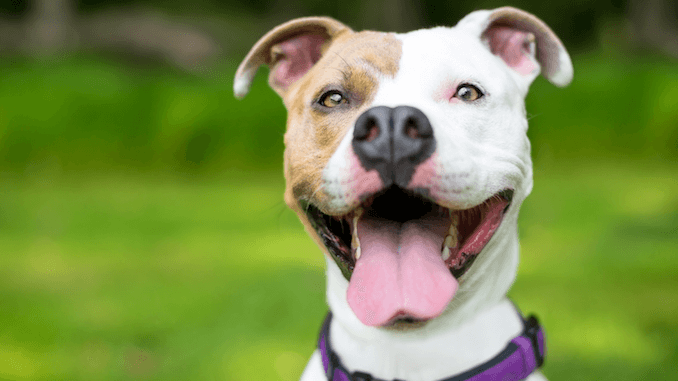

While this is considered a behavioral issue, there are actual negative physiological changes in your dog’s body, such as elevated levels of cortisol–fight or flight response. Other signs of anxiety include hiding, trembling, pacing, vocalization, and destructive behaviors.

Stress, however, particularly chronic or prolonged, can have a profoundly negative impact on your dog’s health and quality of life. The symptoms of both, including excessive panting, are very similar. Anxiety and stressīoth excitement and stress constitute aroused emotion one in a positive way, the other in a negative way–physiologically, though, they are not that different.
DOG PANTING FOR NO REASON SKIN
You might also notice other signs such as changes in appetite, drinking, and urination, weight gain, changes in behavior, and skin and coat changes. Hormonal imbalancesĮxcessive panting can be a sign of some hormonal disorders, such as hypothyroidism or Cushing’s disease. Other signs include loss of appetite, weakness, and lethargy. Pale mucous membranes are a big red flag pointing to anemia. The result is the same–your dog’s body is starving for oxygen. The other side of the coin is when both the heart and the lungs work well, but your dog’s blood contains a low volume of red blood cells. If your dog is panting for no apparent reason or continues to pant longer than ten minutes after exercise, talk to your veterinarian. It could be that the heart isn’t able to pump blood properly, or it could be not enough oxygen gets into the blood.Īccompanying signs can include reduced exercise tolerance, weakness, and coughing. If your dog’s body isn’t getting enough oxygen, their breathing pattern will attempt to compensate, resulting in panting. Other signs of pain include behavioral changes, antisocial or aggressive behavior, loss of appetite, changes in body posture and movement, excessive licking, and shaking or trembling. Other times, you’ll have other symptoms to go on, more or less apparent. With some dogs, it might be the only sign you can see. Heavy or frequent panting can be the first warning that your dog is in pain. As with heatstroke, temperature over 104 degrees Fahrenheit is an emergency and needs immediate medical attention. If your dog has a fever see a veterinarian to determine the underlying cause. Signs of fever can include loss of appetite, lethargy, or changes in behavior. Your dog might get a fever as a response to infection or other illness. While heatstroke is hyperthermia due to environmental factors, fever is caused by your dog’s immune response. And it too increases the risk of heatstroke. Obesity can lead to serious health problems including heart and cardiovascular disorders, pancreatitis, joint disease, liver disease, and other conditions. While being obese might be normal for your dog, it doesn’t mean it’s good for them. Activity is more exhausting for an overweight dog. An obese dog is also more likely to overheat. Obesity is a common cause of excessive panting in dogs. Related articles: Heatstroke – See It Coming: Canyon’s Story Obesity Do not immerse your dog in cold water! If your dog’s temperature is over 104 degrees Fahrenheit (40☌) take your dog to a vet immediately. If your dog’s gums and tongue are deep red, purple or blue with thick sticky saliva, move your dog to a cool place and spray them with cool (not cold) water or place wet rags or towels over them, particularly near the stomach and inside of legs. If your dog is panting heavily and you have a reason to suspect heatstroke, check for other signs. Heatstroke can cause catastrophic damage to your dog’s body and can lead to brain damage and even death. These dogs have a hard enough time breathing as it is and cooling their bodies is much more difficult for them. Brachycephalic breeds, for example, are in an increased risk of overheating. Contributing factors include level or exercise and excitement, ambient temperature, and even anatomical conformation. Overheating can happen quickly and might progress to heatstroke. Excessive or unexplained panting can be a symptom of a serious health issue. If your dog’s panting doesn’t fit the typical pattern, they might be in trouble. I’m sure you’re also familiar when they are likely to pant. Sharing your life with your dog, you should have a good idea of what is their normal breathing. What is normal for your dog and what are the circumstances? So if panting is normal, why worry about it? Normal vs.

All dogs do that, and it is perfectly normal.

Because dogs don’t sweat, the only effective way they can cool themselves is by panting. Panting is your dog’s way to cool their body. They pant when they exercise, when they are hot, they pant when they are excited.


 0 kommentar(er)
0 kommentar(er)
